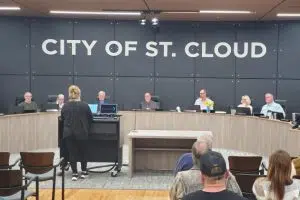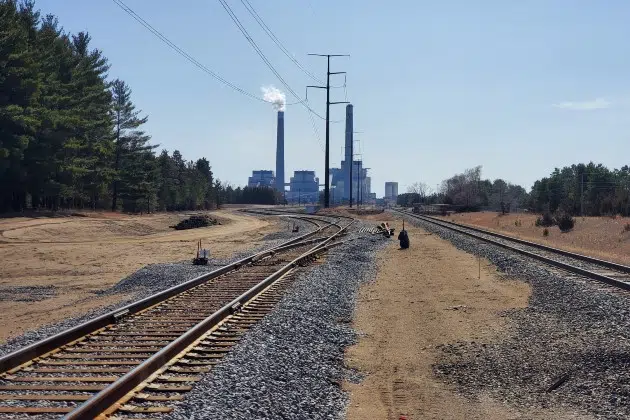Correction: In a March document titled “MISO’s Response to the Reliability Imperative” the organization warns about the risks of transitioning too quickly to renewable energy. “While MISO believes it is certainly possible to reliably operate the system with substantially lower levels of thermal resources, we need to ensure that the resources that replace them provide the commensurate capabilities needed to ensure reliable operations. Historically MISO has depended on some of the capabilities that are bundled in thermal generation — such as dispatchable flexibility and inertia — but which are not inherently part of wind or solar generation.”
Xcel Energy and Isaac Orr say the group is not making an active recommendation to slow down the transition. Orr says MISO has taken the approach that state energy authorities are responsible for ensuring adequate electricity generation is possible.
(KNSI) – A regional utility operator is warning that rolling blackouts could hit Minnesota this summer. The grid is going to be tested as soon as this weekend as temperatures race towards 100 degrees for several days in a row.
MISO, or Midcontinent Independent System Operator, runs a network spanning 15 states and one Canadian province. It says that during times of peak demand reliable power available will be over 1 gigawatt less than what is needed. That will expand to 3.6 gigawatts next year and over 10 gigawatts by 2027. A megawatt is enough to power roughly 600 homes during high usage periods, like in the middle of a heat wave.
Talking about the issue Wednesday on Ox in the Afternoon were state Representative Shane Mekeland and Center of the American Experiment Policy Fellow Isaac Orr. The issue comes down to what can be counted on during times of maximum stress.
Orr says, “MISO, the regional grid operator, says we think this is a good plant. We think it’s going to operate 90% of the time when we need the power most. For wind, MISO says, ‘oh we only think this is going to be 15% available when we need the power most.'”
Orr believes the actual shortfall figure may be greater than estimated. “We have a huge crisis because MISO has tried to play nice with all these radical green groups who want more wind and solar and they’re overestimating the reliability contribution. So, when we say there’s a 1.2-gigawatt shortfall, it could actually be bigger than that.” Orr believes that there are times of high usage when wind is generating only one percent of its potential.
Xcel Energy plans to turn off all three Sherco generators within a decade. It hopes to replace some of that capacity with solar panels while moving fossil fuel plants to North Dakota.
___
Copyright 2022 Leighton Enterprises, Inc. All rights reserved. This material may not be broadcast, published, redistributed, or rewritten, in any way without consent.










